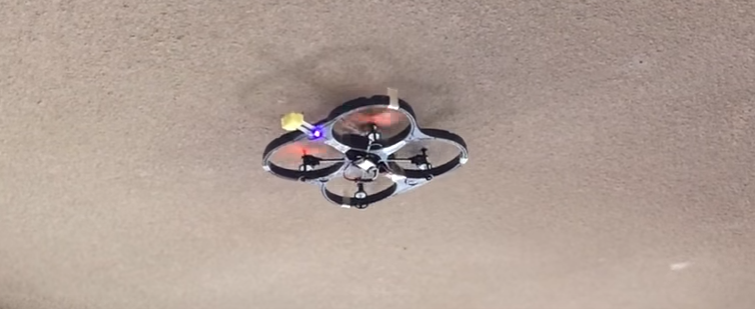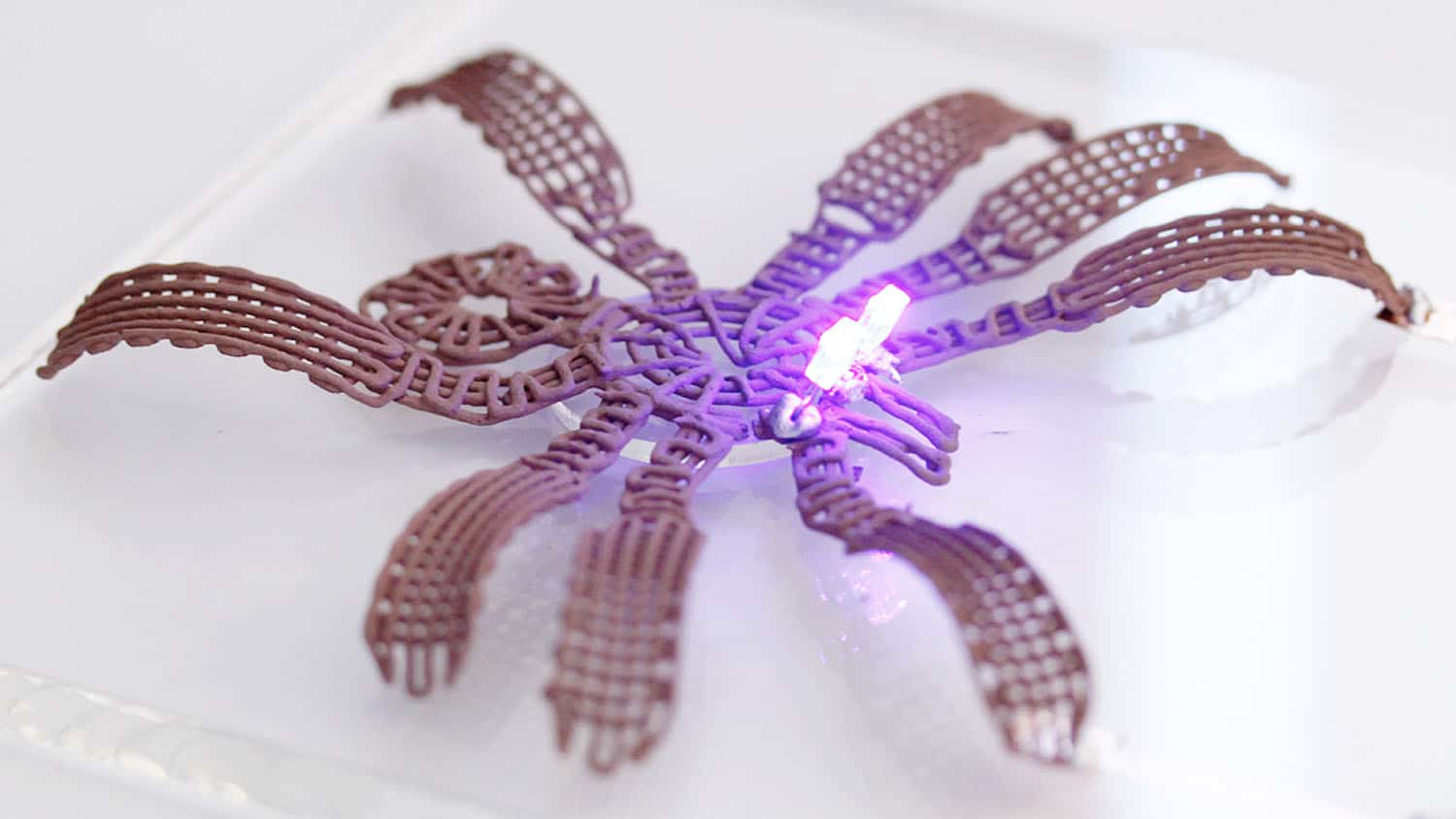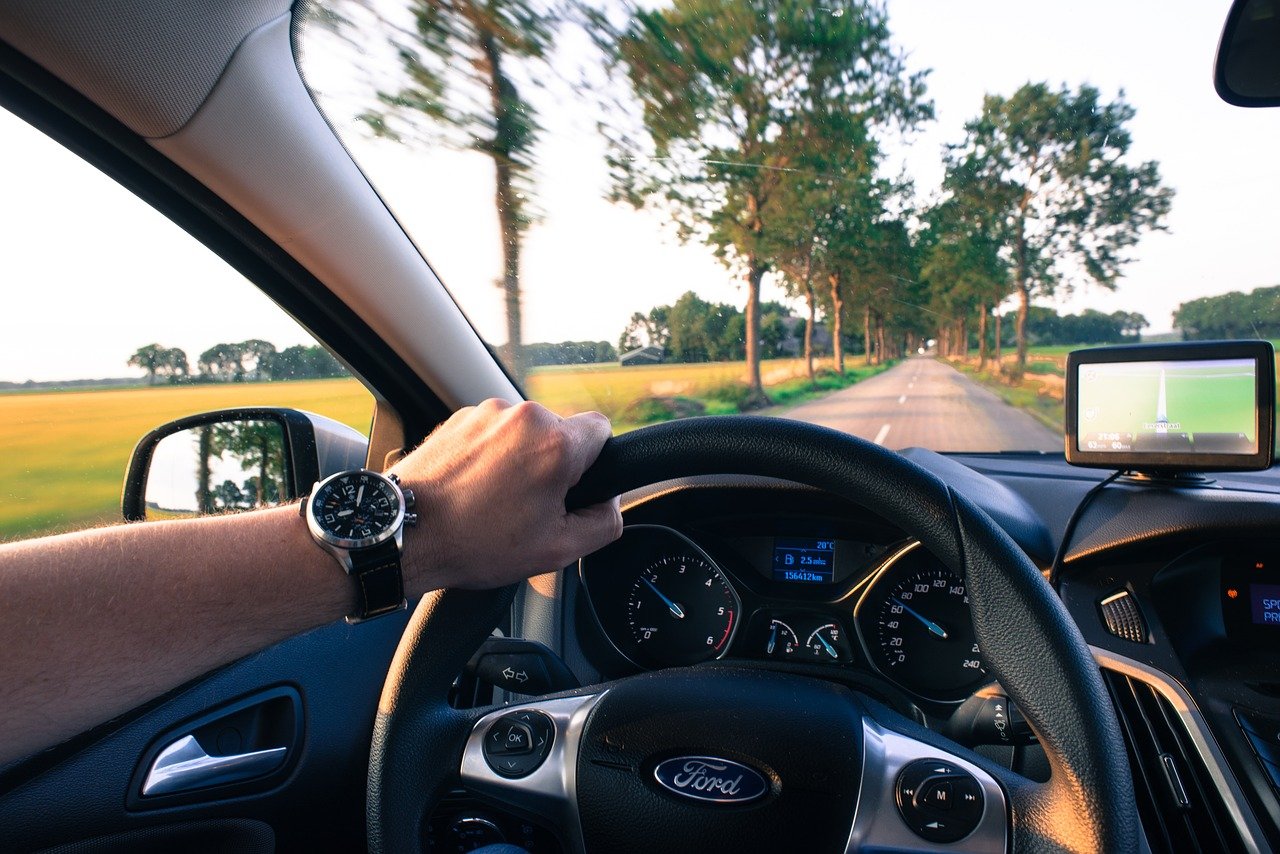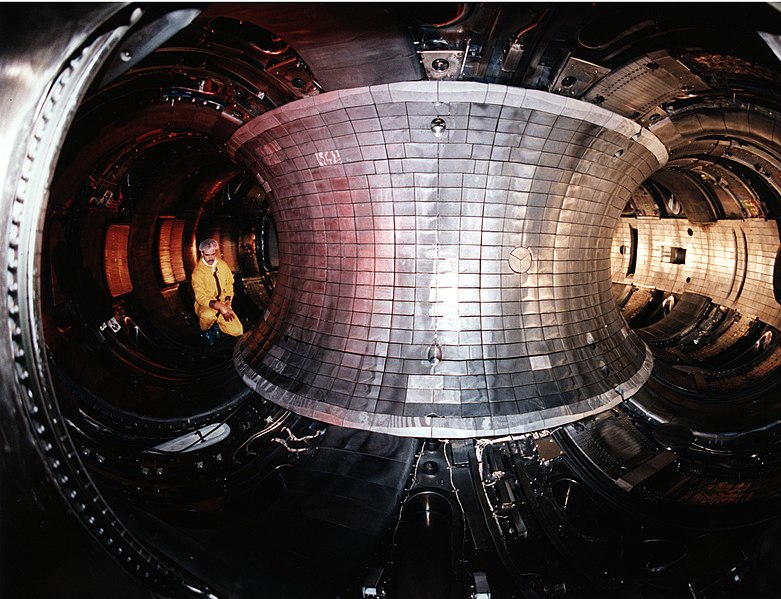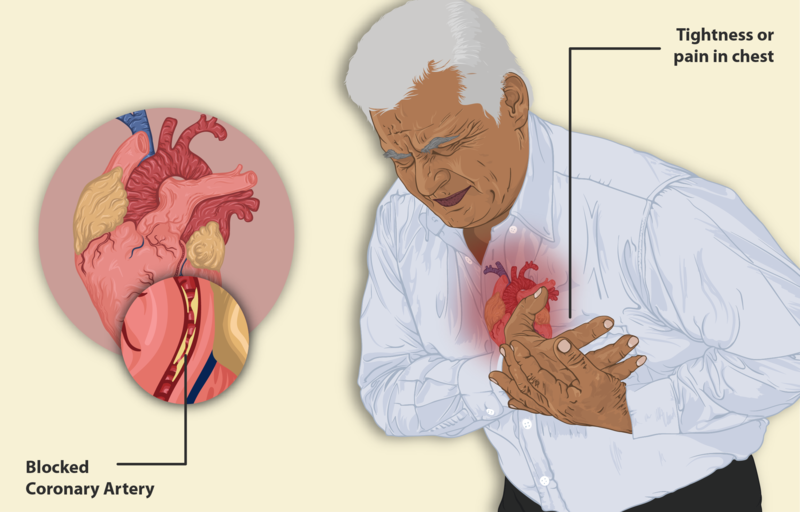A perching quadcopter developed by Stanford University researchers is changing the game when it comes to drones, featuring the ability to land on walls and ceilings.
By utilizing numerous “microspines,” which are essentially specialized grippers, in addition to a tail spine, the drone is able to easily stick to a multitude of surfaces.
Loosely inspired by how geckos climb walls, the perching quadcopter is able to bump into a wall or ceiling, then hang on by using a combination its microspines and friction to settle to a stop.
This a major advancement for drones, as battery life continues to be one of the biggest issues the unmanned aerial vehicles face.
Now, instead of a drone wasting its energy hovering in the air, a perching quadcopter can land and take a break until further input is given by its pilot.
One of the researchers involved says he is hopeful that Stanford’s team is “closer than ever to making perching accessible outside a research environment.”

